Innovations in Material Science
Innovations in material science are playing a pivotal role in shaping the Glass Reactor Market. The development of advanced glass materials, such as borosilicate glass, has enhanced the durability and functionality of glass reactors. These innovations allow for higher resistance to thermal shock and chemical corrosion, making glass reactors more appealing to various industries. Furthermore, the integration of smart technologies into glass reactors, such as real-time monitoring systems, is likely to improve operational efficiency and safety. As industries increasingly prioritize automation and precision, the demand for technologically advanced glass reactors is expected to rise. This trend indicates a potential shift in market dynamics, as manufacturers adapt to the evolving needs of their clients.
Rising Demand in Pharmaceutical Sector
The Glass Reactor Market is experiencing a notable surge in demand, particularly from the pharmaceutical sector. This increase is attributed to the growing need for precise and controlled chemical reactions in drug formulation and production. As pharmaceutical companies strive for higher efficiency and quality in their processes, glass reactors provide an ideal solution due to their excellent chemical resistance and thermal stability. Recent data indicates that the pharmaceutical industry is projected to grow at a compound annual growth rate of approximately 7.5% over the next five years, further driving the need for advanced glass reactor systems. Consequently, manufacturers are likely to invest in innovative glass reactor technologies to meet this escalating demand, thereby enhancing their market presence.
Expansion of Chemical Processing Industries
The Glass Reactor Market is significantly influenced by the expansion of chemical processing industries. As these industries evolve, there is an increasing requirement for equipment that can handle complex reactions under varying conditions. Glass reactors are favored for their ability to facilitate reactions with high purity and minimal contamination. The chemical processing sector has shown a steady growth rate of around 5% annually, which suggests a robust demand for glass reactors. This growth is likely to be fueled by the rising production of specialty chemicals and the need for efficient batch processing. As a result, manufacturers are expected to enhance their offerings to cater to the specific needs of chemical processors, thereby solidifying their position in the market.
Growing Focus on Environmental Sustainability
The Glass Reactor Market is witnessing a growing focus on environmental sustainability, which is influencing purchasing decisions across various sectors. As industries strive to reduce their carbon footprint, glass reactors are becoming a preferred choice due to their recyclability and lower environmental impact compared to traditional reactors. The push for sustainable practices is evident in the increasing adoption of green chemistry principles, which emphasize the use of safer and more sustainable materials. This trend is likely to drive the demand for glass reactors that align with these principles, as companies seek to enhance their sustainability profiles. Consequently, manufacturers may need to innovate and adapt their product lines to meet the expectations of environmentally conscious consumers.
Increased Investment in Research and Development
Increased investment in research and development is significantly impacting the Glass Reactor Market. As companies seek to innovate and improve their processes, there is a heightened focus on developing advanced glass reactor technologies. This investment is driven by the need for enhanced efficiency, safety, and versatility in chemical processes. Recent statistics indicate that R&D spending in the chemical sector has risen by approximately 6% annually, reflecting a commitment to innovation. This trend suggests that manufacturers are likely to introduce new features and capabilities in glass reactors, catering to the diverse needs of various industries. As a result, the market may experience a wave of new product launches, further stimulating growth and competition.


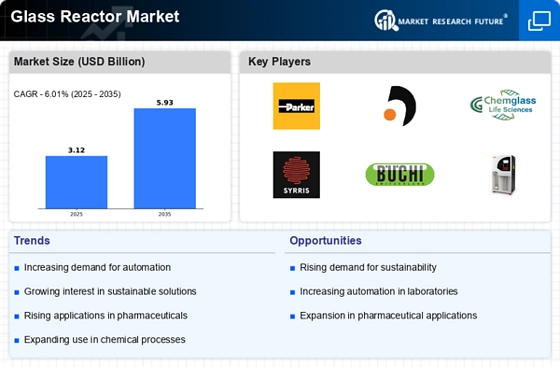
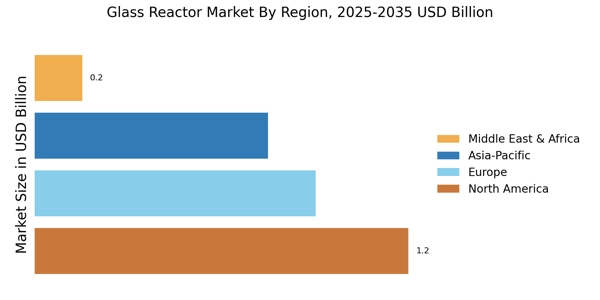
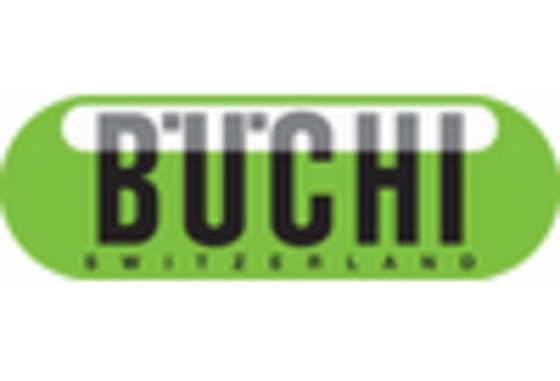
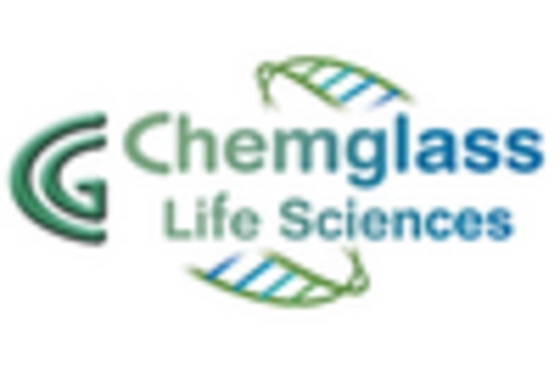
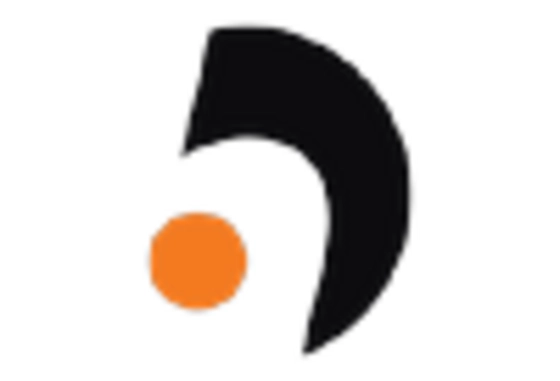
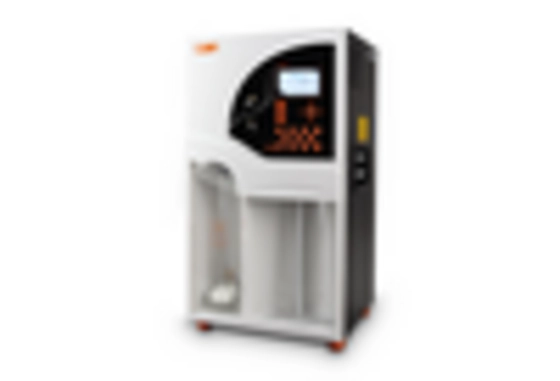










Leave a Comment